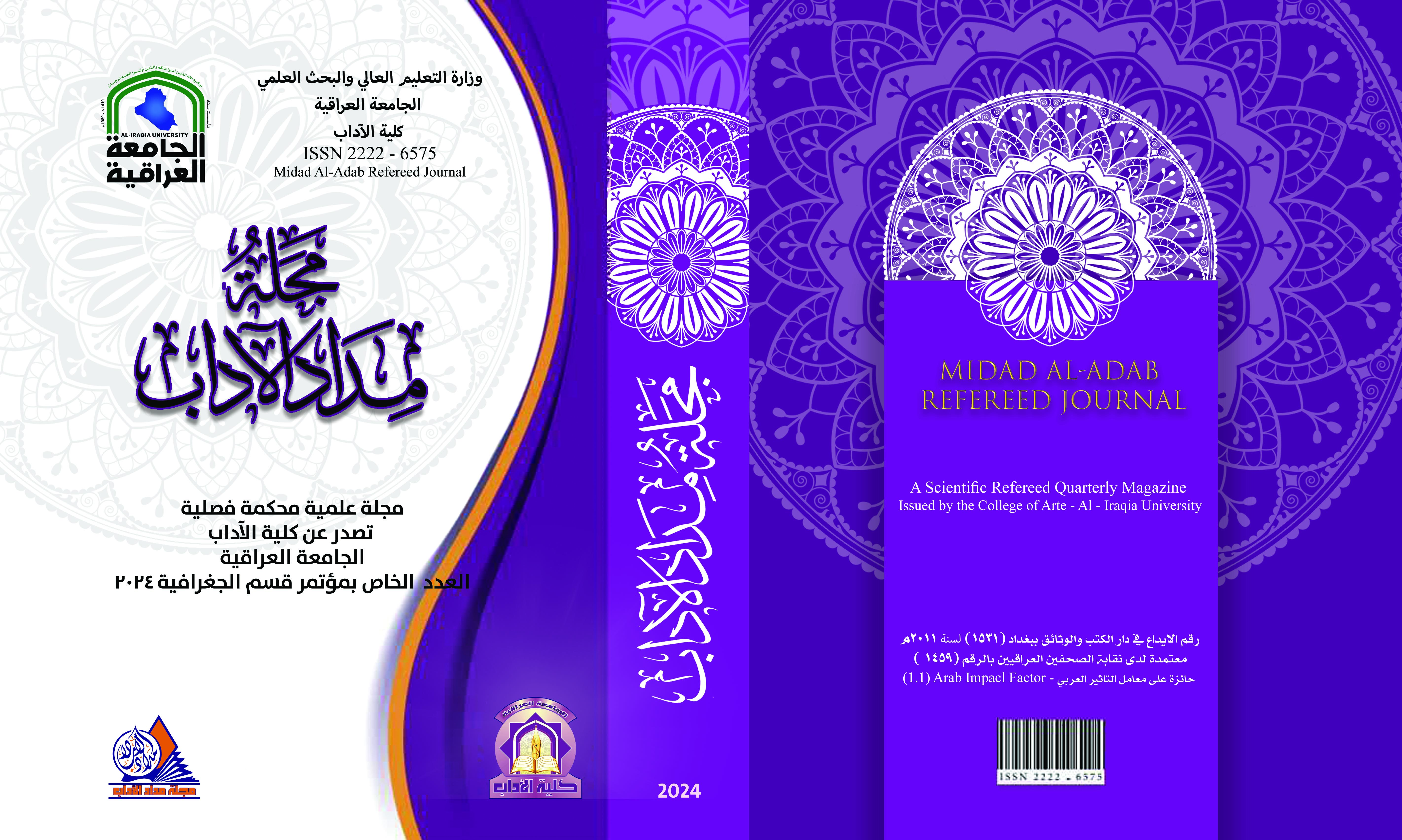الموازنة المائية المناخية ودورها في تنمية الاراضي الزراعية في الهضبة الغربية باستخدام نظم المعلومات الجغرافية
DOI:
https://doi.org/10.58564/ma.v14iالعدد%20الخاص%20بمؤتمر%20قسم%20الجغرافية.1462الكلمات المفتاحية:
مفاتيح الكلمات: عناصر المناخ ،الموازنة المائية المناخية ،حصاد المياه ،المتطلبات المائية لبعض المحاصيل ، التنمية الزراعيةالملخص
تحظى الموازنة المائية المناخية بأهمية كبيرة في الدراسات المناخية التطبيقية الحديثة، التي يمكن ان من خلالها تقدير كمية العجز او الفائض المائية من خلال العلاقة بين التساقط والتبخر ,فاذا كان التساقط الشهري اعلى من التبخر فيكون فائض مائي ,واذا كان العكس اي التبخر اعلى من التساقط فيكون عجز مائي.
ان الموازنة المائية المناخية لمحطات المناخية المشمولة بالدراسة التي تم حساب التبخر الكلي لإيفانوف وحساب التبخر الممكن لاثورنثويت من خلال قيم درجات الحرارة والامطار والرطوبة النسبية ليتم حساب التبخر الحقيقي الذي تراوح بين (1240.66 – 2225.6) ملم في محطة الرطبة وكربلاء على التوالي ,مما ادى الى ارتفاع كمية العجز المائي في اغلب الشهور وفي كل محطات منطقة الدراسة وانخفاض كمية الفائض في كل المحطات وبعض الشهور والذي بلغ اعلى كمية في محطة كربلاء ,اذ بلغت(101.1) ملم ,ثم محطة الرمادي الذي بلغ فيها(27.6)ملم ,ثم محطة الرطبة الذي بلغ فيها(22.5)ملم خلال اشهر الشتاء ,وبالرغم من قلتها يمكن حصاد كميات مائية هائلة من خلال انشاء السدود على الاودية الكثيرة لتنمية الاراضي الزراعية التي تمتلكها منطقة الدراسة التي تتوافر فيها الكثير من امكانات التنمية الاخرى.
التنزيلات
منشور
إصدار
القسم
الرخصة

هذا العمل مرخص بموجب Creative Commons Attribution-NonCommercial-NoDerivatives 4.0 International License.








